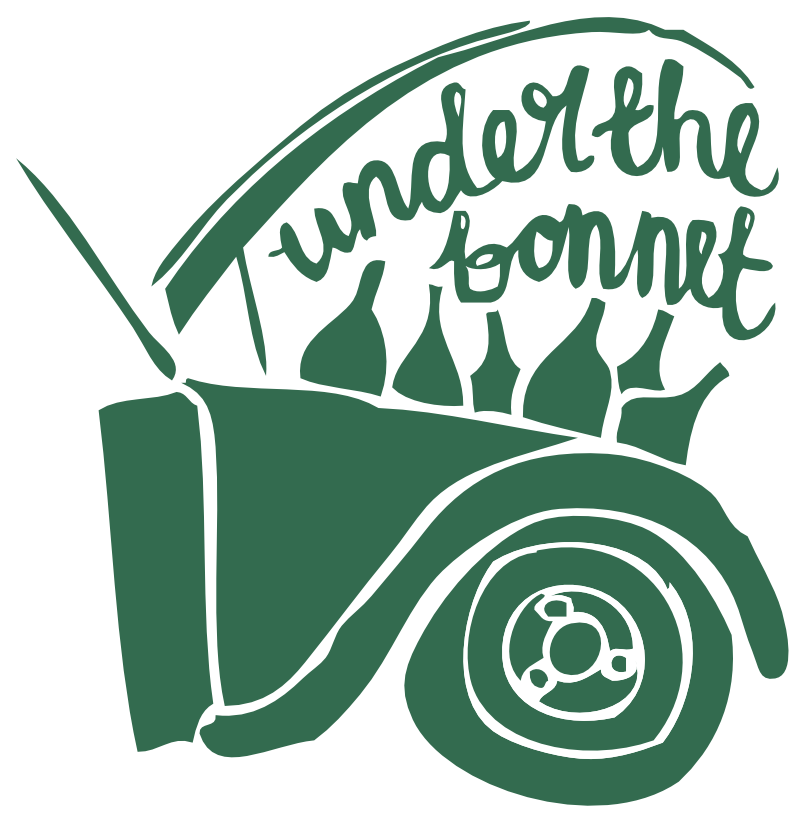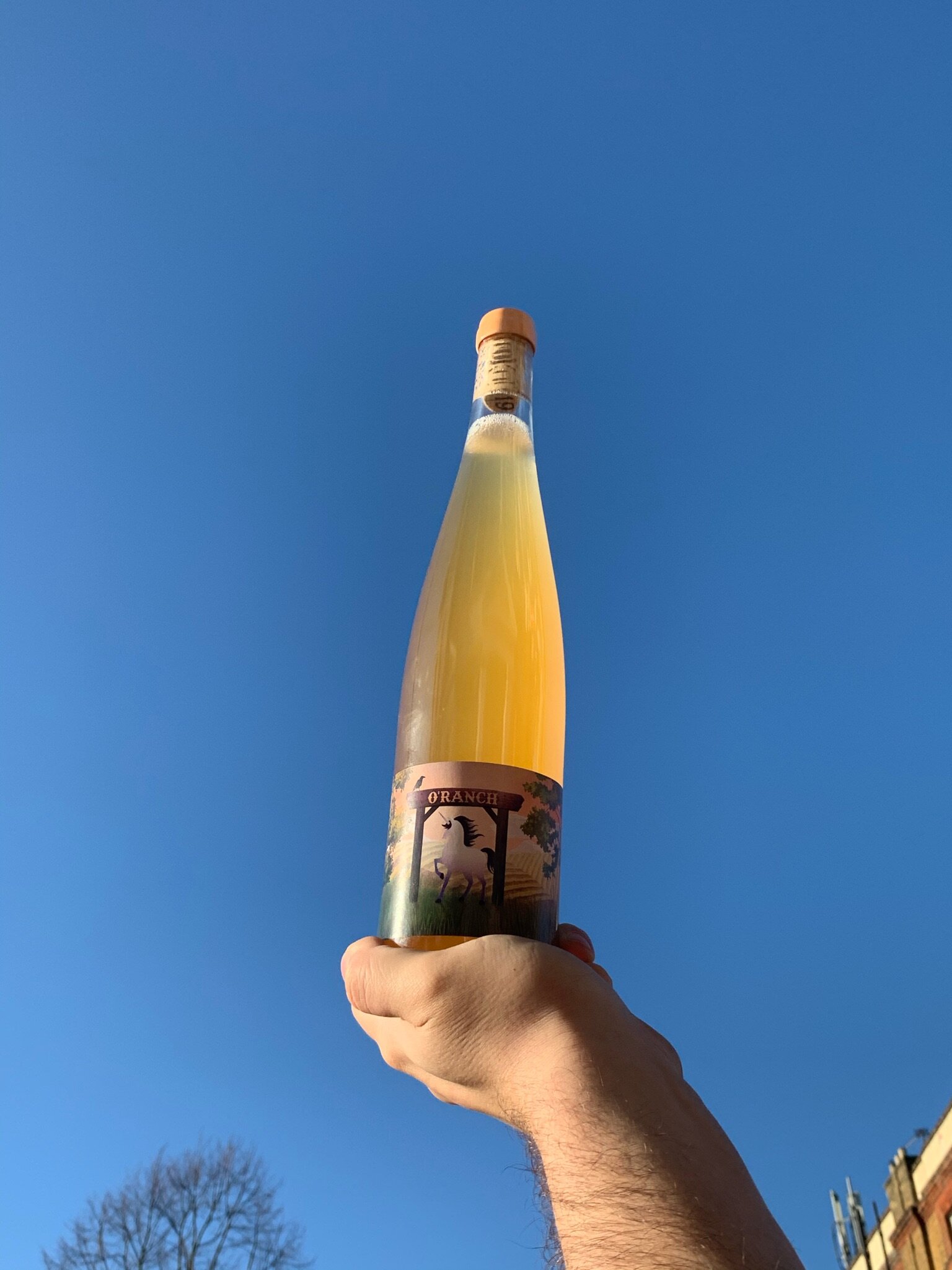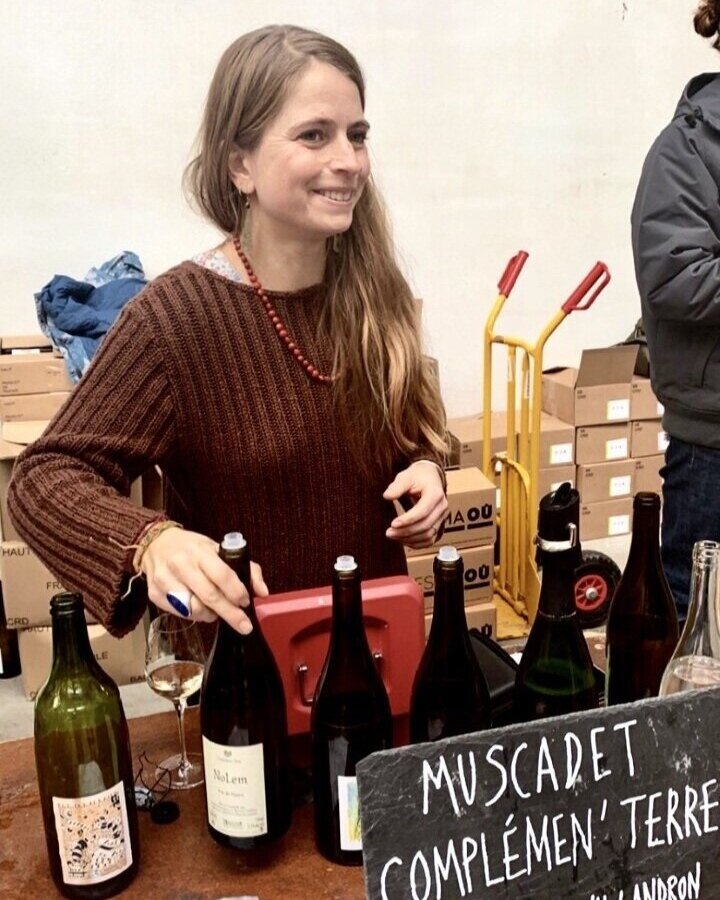Chateau Barouillet - Vincent Alexis
France, Bergerac & Monbazillac in Pomport
Vincent Alexis is the eighth generation winemaker at Chateau Barouillet, responsible for 45 hectares that straddle both sides of the river Dordogne, 120km inland from Bordeaux. He joined his Father in 2010, first taking 6 hectares on as his ‘organic project’.
3 years later, with Vincent at the helm, all 45 hectares were certified organic. Now, ten years since he joined full time, biodynamic certification is on the cards for the whole operation.
Whilst upholding the reputation his dad and the generations before him have established, Vincent maintains an attitude of experimentation and a garage sensibility when it comes to new cuvees, excited into action with the encouragement of his right hand man, Romuald Cousy.
We caught up with Vincent to discuss two new wines that have just landed, and his struggle through the scorched 2020 harvest.
How are you today Vincent?
I’m fine, I’ve just been working out allocations for next year actually. We were not able to make much wine in 2020. But, I’m feeling good, we have good things ahead, and this year you’ve just received O’Ranch, which is my favourite orange wine we’ve made I think!
This is the first year we’ve been able to get some, what can you tell us about this one?
With this one, we really found a way to make our own style of orange wine.
We picked just half a hectare for O’Ranch. We harvest Ondenc and Muscadelle, two local grape varieties, and Chenin Blanc. All three are picked together and macerated together in amphora, for three months of skin contact. All the fermentations, alcoholic and malolactic are done with the skin contact.
We don't do any punchdowns or any pump overs, we let it go! Of course we try it and taste it a lot because we have to find the right moment to dig it out. That's one of the keys I think to have something really aromatic, but with not too much tannin. I don't like my orange wine too tannic. I think we found the right moment in 2019 to dig it out.
Everything is made by hand, the artisanal way. We dig it out all with a bucket! We don't even press it in a real press, we just push the grapes into a little grille, by hand, over a bucket. It's very slow! That way we keep the juice and extract very little tannin.
Another first for us, we’ve just received the Ambitio from your Les Gaules De Bois project - can you tell us about that project and the Ambitio?
This is a project I started in 2018 with Romuald Cousy, who works with me at Barouillet.
We wanted to make the light, easy drinking wines we love to drink, but are hard to produce in our region. We planned to visit other regions, and make wine with their grapes, back at our place. The 2019 became a 50/50 blend of Gamay & Merlot.
We went to Beaujolais, to buy Gamay from Jean Francois Dubourg, an organic winemaker in South Beaujolais. We got there early, about 7 o'clock in the morning, after a 4 hour drive, had picked everything and loaded the van by 11, and it was all in the tank by 4 that afternoon! It had a week of carbonic maceration. We really enjoyed the wine, it was really light, but we thought it could be a bit hard for people to understand, so we decided to make the blend.
Romuald used to have his own vineyards nearby in Duras, which he decided to stop as things became a bit complicated for him. 2019 was his last vintage from those vines. He made some destemmed Merlot, with just one or two punchdowns at the beginning of the ferment, but it was still really full bodied.
The Merlot had been aged for a year in old barrels, and the Gamay for a year in stainless steel. When they came together, it worked really really well, it has a lovely balance.
We added just 10 milligrammes of sulphur per litre before bottling, and that’s all we did with this one!
And the plan is to keep changing where you source the grapes each year?
Yeah we want to keep Les Gaules De Bois small, and to just build on relationships with winemakers. So in 2020 we went to the Alsace to pick Pinot & Riesling, then to Minervois in the South of France to pick Grenache. We’re hopefully making also a rose pet nat, and we’ve made another orange wine with Sauvignon Blanc from Duras, with one year of whole bunch maceration. It’s quite strange, really interesting.
How long has Romuald worked with you at Barouillet?
We met 10 years ago. He came to do work experience whilst he was studying, and then worked with us full time for two years before he started work in his own vineyard. He had his vines from 2016 to 2019, and then came back to Barouillet to be my right hand guy! It’s been amazing to have him helping out, we’ve been able to do so much more exciting stuff.
Thanks to him, we’ve been able to turn to biodynamics. We’ve been working biodynamic since October, we made our first spraying of preparation 501, that kind of thing. Hopefully, by 2022 all the vineyards will be certified biodynamic. We’re super proud of it, it’s a rush to be there, to have all 45 hectares biodynamic.
You said you’ve been unable to make much wine in 2020, was it the heat for you, like others?Yeah, when we harvested the whites, the weather was okay, not too dry, the soil was not too dry. So the alcohol degree on the whites is correct, but on the red it increased really fast. Not what we were after! We had some Merlot with about 17% potential alcohol! We’ve had to blend in some whites but the red we are able to produce this year will be low. We’ve made a little more white, and orange. In 2019 we made 15 hectolitres of orange wine, which we’ve increased in 2020 to about 21 to 22 hectolitres.
Did you have to pick earlier?
We've tried to but lots of the grapes were not good. They were really tannic and still tasting green, not ripe enough. So we picked things at maturity and had to blend in the white. The Cabernet Sauvignon, which is quite late normally, we were able to pick earlier. We’ve been able to use that to balance the high alcohol of the Merlot.
We didn’t have any rain, from the middle of July to October. Through August, the heat was 40 degrees nearly everyday. It was terrible. Terribly dry, and hot. We had a lot of sunburn on the grapes, lots without even any juice. So yeah, it was really complicated.
I’m the eight generation here, and it’s crazy how early we have to pick now. We started harvest for Splash on August 14th, and harvest continued until October 10th, so we finished very early, for us. My Father used to start picking in November!
We’ve actually torn up some vines that were just not good enough, and are watching some new ones that will hopefully give more yields in the future. We’ve lost about 40% of the harvest. I’m hoping this will be the smallest a vintage ever gets. We were able to just make about 16 hectolitres per hectare which for us, is very small.
But, I’m excited for the future, the new vines are looking good, and I’m really looking forward to seeing how the biodynamic practices express themselves in the wines. I’m really missing the wine fairs this year though. Travelling to meet people, to see you guys. It’s nice to have this extra time in the vineyards, but I really do miss the travel, that chance to try new stuff with the winemakers.
NEW IN STOCK
NEW - 2019 - VDF - Gaules de Bois - Gamay, Merlot
NEW - 2019 - VDF - O'ranch - Ondenc, Muscadelle, Chenin
For wholesale price lists please email hello@winesutb.com












